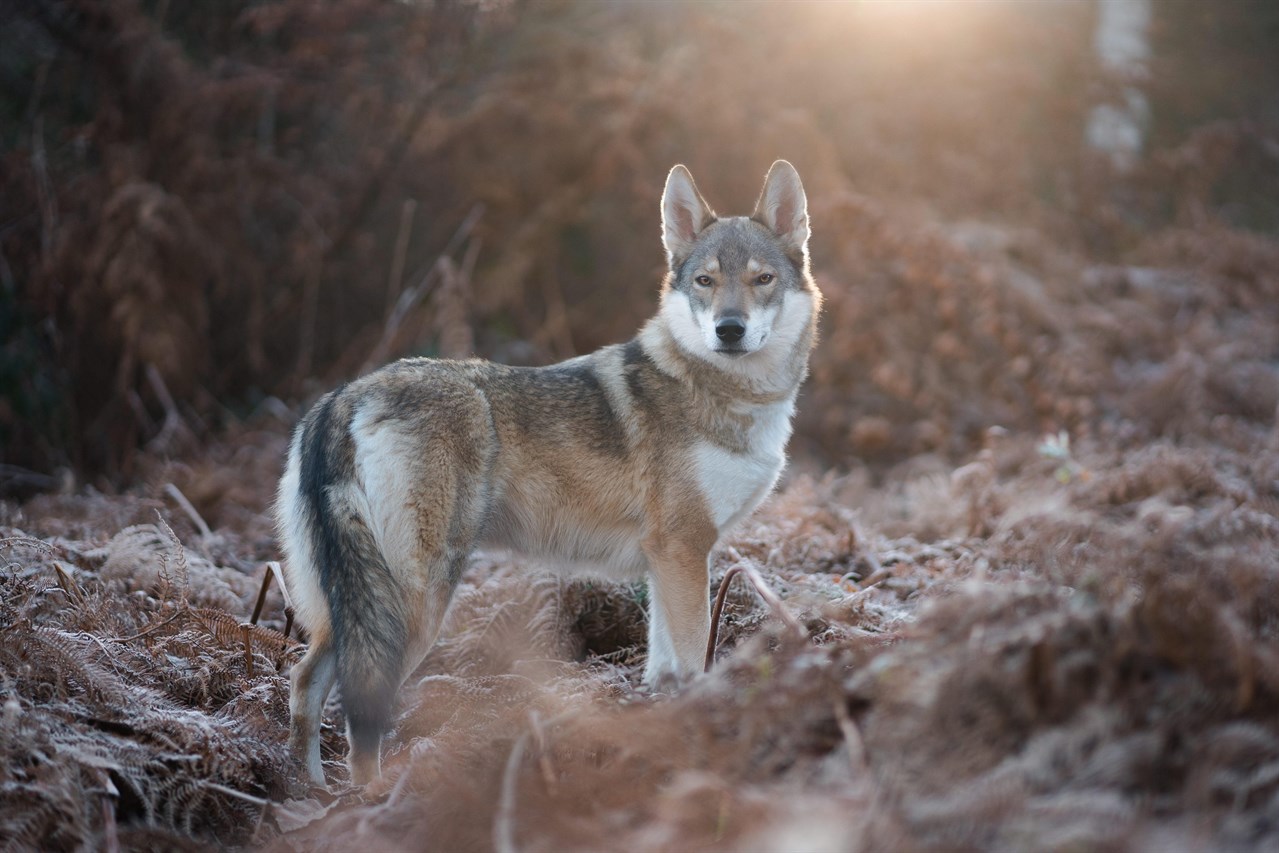Tamaskan Dogs: The Enigmatic Breed That Resembles Wolves

Introduction
In the world of canine companions, the Tamaskan dog stands out as an enigmatic breed that often leaves people fascinated and intrigued. These strikingly beautiful dogs are known for their striking resemblance to wolves and their affectionate yet independent nature. In this comprehensive long-form piece, we will delve into the history, characteristics, and frequently asked questions about Tamaskan dogs.
Breed History
The Tamaskan dog's history is a relatively recent one, as it was developed in the early 21st century. The breed was created through the intentional crossbreeding of several northern dog breeds to produce a canine that closely resembles a wolf in appearance but possesses a domesticated and friendly temperament. The primary breeds used in its development include Siberian Huskies, Alaskan Malamutes, German Shepherds, and Czechoslovakian Wolfdogs.
The breed's origin can be traced back to Finland, where breed enthusiasts aimed to produce a dog with the qualities of a wolf but the temperament of a loyal family companion. They also drew inspiration from the Northern Inuit Dog, which was developed in the UK and was itself a mix of various northern breeds.
Also Known As
The Tamaskan is also known as the Wolflook Dog by lovers of the breed.
Breed Group
Tamaskan dogs are classified within the Working Group by major kennel clubs and organisations, such as the American Kennel Club (AKC). This designation highlights their strong work ethic, intelligence, and historical use in various working roles, including sledding and pulling.
Breed Size
Tamaskan dogs are a medium to large breed. On average, males stand between 61 to 71 cm tall at the shoulder, while females are slightly smaller, typically measuring between 56 to 66 cm. Their weight typically ranges from 25 to 40 kilogrammes.
Breed Coat, Colour, and Appearance
One of the most captivating aspects of the Tamaskan breed is its coat and appearance. These dogs have a thick double coat designed to withstand cold climates. Their fur is dense and soft to the touch, with a plush undercoat for insulation. Common coat colours include shades of grey, wolf grey, and red-grey, all of which contribute to their wolf-like appearance. The Tamaskan's almond-shaped eyes are often amber, though other shades are also permissible under breed standards.
The breed's striking resemblance to wolves is a source of fascination for many. With their wolfish features, upright ears, and dignified stance, Tamaskan dogs are often mistaken for actual wolves when out in public.
Are Tamaskan Dogs Good Pets?
Yes, Tamaskan dogs can make excellent pets for the right owners. They are known for their loyalty, intelligence, and adaptability, making them suitable for families and individuals alike. However, potential owners should be aware that Tamaskan dogs require regular exercise, socialisation, and mental stimulation to thrive. They can be independent at times but are generally affectionate and form strong bonds with their families.
Do Tamaskan Dogs Have Wolf in Them?
Tamaskan dogs are not part wolf. Despite their wolf-like appearance, they are a purely domesticated breed. Their resemblance to wolves is purely cosmetic and the result of careful breeding with other northern dog breeds, as mentioned earlier.
Is a Tamaskan a Husky?
While Tamaskan dogs may bear some resemblance to Siberian Huskies, they are distinct breeds with their own characteristics and origins. Tamaskans are larger and more robust than Huskies and have different coat colours. Huskies are known for their sled-pulling abilities, while Tamaskans have a wider range of talents.
Is Tamaskan Part Wolf?
No, Tamaskan dogs are not part wolf. Their wolf-like appearance is purely a result of selective breeding and does not involve actual wolf genetics.
How Big Are Tamaskan Dogs vs. Wolves?
Tamaskan dogs are significantly smaller than wolves. Wolves can vary in size depending on their species, with grey wolves typically weighing between 32 to 66 kg and standing 66 to 81 cm tall at the shoulder. Tamaskan dogs, on the other hand, fall within the size range mentioned earlier, making them much smaller than their wild counterparts.
What Percentage of the Tamaskan Is a Wolf?
Tamaskan dogs have no wolf percentage in their genetic makeup. They are bred solely from domesticated dog breeds and do not have any recent wolf ancestry.
Conclusion
In conclusion, Tamaskan dogs are a fascinating breed that captures the essence of the wolf in their appearance while embodying the loyalty and companionship of domesticated dogs. They make wonderful pets for active and committed owners who can provide them with the exercise, socialisation, and mental stimulation they need to thrive. Despite their wolf-like looks, Tamaskan dogs are purely a product of careful breeding and do not have any wolf genetics. They are a testament to the power of human ingenuity in creating unique and captivating canine companions.
Continue reading our Tamaskan in-depth articles
- Tamaskan Temperament and Behaviour
- Tamaskan Training and Socialisation
- Tamaskan Toilet Training
- Tamaskan Barking Habits
- Tamaskan Grooming Requirements
- Tamaskan Shedding Behaviour
- Tamaskan Sleeping Behaviour
- Tamaskan Diet and Feeding Requirements
- Tamaskan Average Lifespan
- Tamaskan Exercise Requirements
- Tamaskan Common Health Issues
- Tamaskan Suitability Guide
- Tamaskan Advantages
- Tamaskan Disadvantages
- Tamaskan Cost to Buy and Own
- Tamaskan Clubs and Links
- Selling Tamaskan Puppy Litters and Dogs
- Buying Tamaskan Puppies and Dogs
- Tamaskan Alternatives